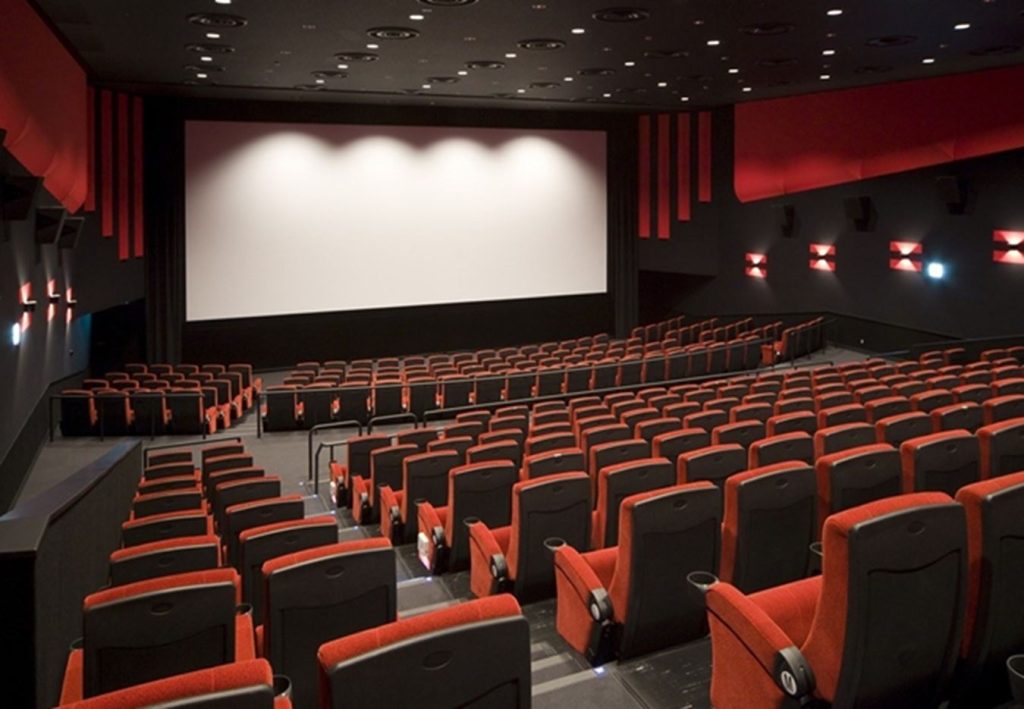1. The Essence of Poetic Cinema
Poetic cinema represents a distinct approach to filmmaking that prioritizes visual and emotional depth over traditional narrative structures. Unlike mainstream cinema, which often focuses on plot-driven storytelling, poetic cinema emphasizes the art of creating an evocative atmosphere through symbolic imagery, innovative cinematography, and an immersive soundtrack. This style of filmmaking seeks to evoke feelings and provoke thought, often leaving interpretations open to the audience. The essence of poetic cinema lies in its ability to transcend conventional storytelling, offering a more intimate and personal experience that resonates on a deeper emotional level. By eschewing linear narratives in favor of fragmented or abstract sequences, poetic cinema invites viewers to engage with the film in a more reflective and contemplative manner.
2. Key Elements of Poetic Cinema
Several key elements define poetic cinema, setting it apart from other film genres. First and foremost is the use of symbolism, where objects, colors, and motifs carry deeper meanings and contribute to the film’s thematic richness. Cinematography plays a crucial role, with filmmakers employing unconventional camera angles, lighting techniques, and shot compositions to enhance the visual impact and convey emotions. The soundtrack in poetic cinema is often carefully curated to complement the visual style, using music and soundscapes to evoke specific moods or underscore the film’s themes. Additionally, the pacing of poetic cinema can be deliberately slow or rhythmic, allowing scenes to unfold in a way that encourages viewers to linger and reflect. These elements work in harmony to create a unique cinematic experience that is both visually striking and emotionally resonant.
3. The Influence of Poetic Cinema on Filmmakers
The influence of poetic cinema can be seen in the works of many influential filmmakers who have embraced its techniques to push the boundaries of traditional cinema. Directors such as Jean-Luc Godard, Terrence Malick, and Andrei Tarkovsky have made significant contributions to the genre, each bringing their own unique style and vision to poetic filmmaking. Godard’s experimental approach to narrative and form, Malick’s meditative exploration of nature and existence, and Tarkovsky’s philosophical and spiritual themes have all helped to shape the evolution of poetic cinema. These filmmakers have inspired a new generation of directors to experiment with visual storytelling, often blending elements of poetic cinema with other genres to create innovative and thought-provoking works. The impact of poetic cinema on contemporary filmmaking is evident in the way it continues to inspire and challenge filmmakers to explore new ways of telling stories.
4. The Legacy and Future of Poetic Cinema
The legacy of poetic cinema is marked by its ability to challenge conventional storytelling and offer audiences a richer, more nuanced cinematic experience. As the film industry continues to evolve, the principles of poetic cinema remain relevant, influencing a diverse range of films and genres. The rise of digital technology and streaming platforms has made it easier for filmmakers to experiment with new forms of expression and reach global audiences. This accessibility has contributed to a resurgence of interest in poetic cinema, with contemporary filmmakers exploring its techniques and adapting them to modern contexts. The future of poetic cinema is likely to be shaped by ongoing innovations in technology and storytelling, as well as the continued exploration of new artistic approaches. By pushing the boundaries of traditional cinema and embracing new possibilities, poetic cinema will undoubtedly continue to inspire and captivate audiences for years to come.peotical cinema

